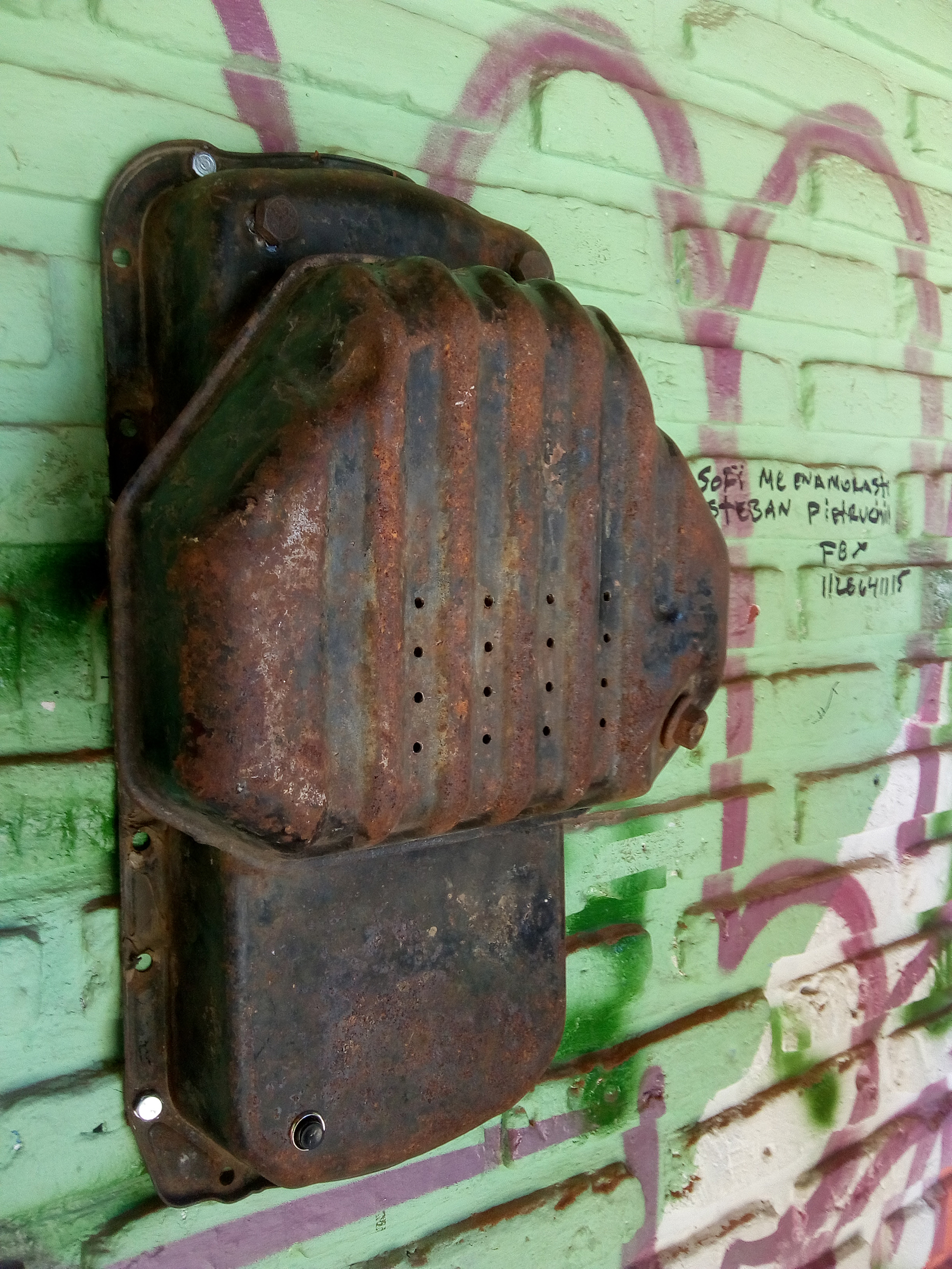Short Edition
Have a few minutes to kill in a lobby or waiting room? Look around. There might be a short story waiting to be discovered.
Since 2015, Short Edition has installed story dispensers in more than 200 locations, distributing upwards of 4 million short stories in public spaces.
The tall, slim kiosks are popping up in airports, shopping centers, and building lobbies to provide reading material to people as they go about their day. With a mission of “reviving the timelessness of storytelling,” Short Edition’s core feature is time. People can select a short story, poem, comic strip, or children’s story specific to the amount of time they have available and print out one-, three-, or five-minute reads.
In 2017, a Short Edition story dispenser was installed in the Prudential Center in Boston’s Back Bay, featuring local and international authors. Earlier this year, 15-year-old South End resident Yasmin Mohamed experienced what it was like to have her story, “Magic of Monsoon Season” made available to the public. “The feeling of me and two strangers crowding around the machine [waiting] for my story had me giddy,” Mohamed told WriteBoston. “I felt like a mini celebrity in that moment. They even wanted me to sign the paper!”
The Prudential Center’s story dispenser—in a location where 70,000 people work and visit daily—has delivered thousands of stories, becoming one of the most popular Short Edition machines in the country. “[It] has made the experience more enchanting,” said Bryan J. Koop, executive vice president for the Boston region of Boston Properties. “It is a fantastic cultural amenity. . . . We regularly get feedback from passersby who love the stories and share them.”
Earlier this year three machines were installed on the London Underground subway system. In addition to offering short stories from classic British authors including Virginia Woolf, Lewis Carroll, and Charles Dickens, the machines featured a specially commissioned one-minute tale from best-selling novelist Anthony Horowitz.
“I travel on the tube every single day, and I see everybody buried in apps and games or looking at old tweets,” Horowitz told The Guardian. “So, the idea of using that little chunk of your day for something that entertains you, something which is, with a very small ‘l,’ literature, is appealing.”
The dispensers have also recently appeared in Philadelphia. Andrew Nurkin, the deputy director of enrichment and civic engagement at the Free Library of Philadelphia, said the machines have helped the library expand its reach. “We are interested in finding sites to engage audiences who aren’t necessarily coming to the library,” he told The New York Times.
The public appeal of the project, he said, is due to both easy access to quick reads and the mystery of what will come out of the machines. “You don’t know what you are going to get,” says Nurkin. “Who knows? Maybe you press a button and get a story written by your neighbor.”









